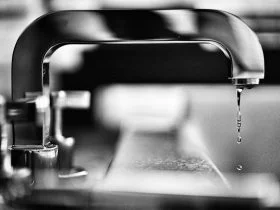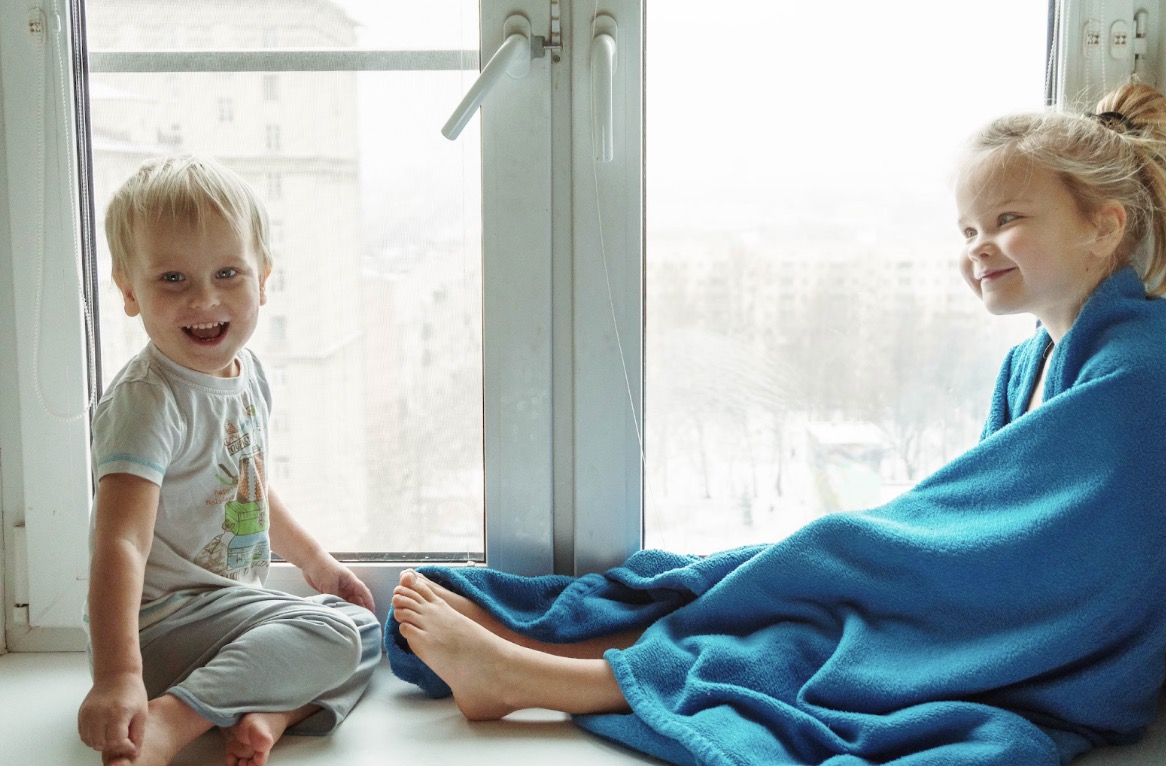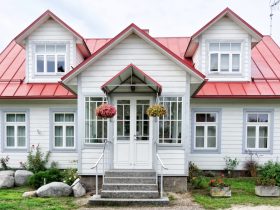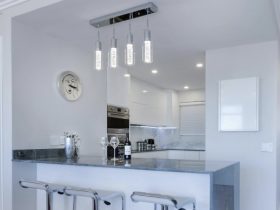A sturdy, well-maintained roof is not just the crowning glory of a house, but it is fundamental to the comfort and well-being of its occupants. It acts as the frontline defense against the elements, protecting the indoor environment from rain, wind, snow, and extreme temperatures. But its role goes beyond just providing a physical barrier. The quality of a roof can significantly impact the indoor comfort levels, energy efficiency, and even the health of those living within. This article will explore the relationship between roof quality and indoor comfort, highlighting why homeowners should prioritize keeping their roofs in top-notch condition.
Reader's Roadmap
The Direct Impact of Roof Quality on Indoor Temperature
Roof quality directly influences the indoor temperature of a house. A well-maintained and properly insulated roof acts as a thermal barrier, preventing heat from entering during summer and escaping in the winter. On the other hand, a damaged or poorly insulated roof can lead to significant heat transfer, resulting in uncomfortable indoor temperatures and increased reliance on HVAC systems. For instance, during the summer, a roof in poor condition may allow more heat to enter the home, resulting in stuffy, uncomfortable temperatures indoors. During the winter, a similar situation can lead to a significant amount of heat escaping, leaving the interior uncomfortably cold.
Maintaining comfortable indoor temperatures year-round requires reliable roofing services. A well-insulated and properly maintained roof serves as a crucial thermal barrier, preventing heat transfer in both summer and winter. Conversely, a damaged or poorly insulated roof can lead to discomfort and increased reliance on HVAC systems. Ensure your home’s comfort by investing in quality roofing services to optimize insulation and temperature control.
The Link Between Roof Quality and Energy Efficiency
Another significant way in which roof quality impacts indoor comfort is through energy efficiency. A high-quality, well-insulated roof minimizes the need for artificial heating and cooling, thereby reducing energy consumption and resultant utility bills. In contrast, roofs in poor condition can lead to excessive energy use as homeowners struggle to maintain comfortable indoor temperatures. This not only leads to higher energy bills but also increases the home’s carbon footprint. Furthermore, constant usage of heating and cooling systems can lead to wear and tear, necessitating frequent maintenance or replacement.
Roof Quality and Indoor Air Quality
Lastly, the quality of a roof can significantly impact the indoor air quality of a house. A damaged roof can allow water to seep in, potentially leading to mold and mildew growth, which can severely compromise the indoor air quality. Poor indoor air quality not only contributes to discomfort but can also lead to a range of health issues, from allergies and asthma to more serious respiratory conditions. On the other hand, a well-maintained roof ensures a dry and mold-free indoor environment, contributing significantly to the general well-being of the occupants and ensuring a healthier living space.
The Importance of Regular Roof Inspection and Maintenance
Routine roof inspections and maintenance are key strategies for preserving roof quality and, by extension, indoor comfort. If you looking for roof repair services, click here to find roofing contractors who’ll help identify minor issues before they escalate, saving you from costly repairs or replacements down the line. Homeowners are advised to conduct roof inspections at least twice a year, as well as after major weather events. These inspections will help to identify potential issues like damaged or missing shingles, leaks, or signs of aging before they develop into costly problems. Regular maintenance, which includes tasks such as cleaning gutters, replacing damaged shingles, and checking for signs of water damage, can ensure the functionality of the roof over time. Not only does this prolong the lifespan of the roof, but it also enhances energy efficiency, indoor air quality, and overall home comfort.
The Role of Professional Roofing Services
While regular inspections and basic maintenance can be undertaken by homeowners, professional roofing services play a crucial role in maintaining roof quality. Roofing professionals have the expertise to spot subtle signs of damage, provide accurate assessments, and offer suitable solutions. They also have the skills and tools to conduct more complex tasks such as insulation checks, structural assessments, and full roof replacements. It is advisable to schedule regular professional inspections in addition to personal check-ups to ensure that any potential issues are detected and addressed promptly. Professional roofing services can be a worthwhile investment, leading to long-term savings by preventing major repair costs and enhancing the home’s energy efficiency.
Considerations for Roof Upgrades
For homeowners considering roof upgrades, it’s crucial to understand that the type of roofing material used can significantly influence the indoor comfort and energy efficiency of a home. Modern roofing materials such as cool roofs reflect more sunlight and absorb less heat than standard roofs, leading to a cooler indoor environment during hot weather. Green roofs, which are covered with vegetation, offer superior insulation and can significantly reduce heating and cooling costs. Factors such as local climate conditions, budget, and aesthetic preferences should guide the choice of roofing materials. Investing in a high-quality, energy-efficient roof can result in substantial long-term benefits, from improved indoor comfort to reduced energy costs and environmental impact.
The quality of a home’s roof plays a pivotal role in ensuring indoor comfort, energy efficiency, and good indoor air quality. Maintaining a high-quality roof necessitates regular personal inspections, appropriate maintenance, and the assistance of professional roofing services. Additionally, when considering roof upgrades, homeowners should comprehend the impact of their choice of roofing material on their home’s comfort and efficiency. By prioritizing the upkeep of the roof, homeowners can enjoy a comfortable, healthy living environment while also realizing significant energy savings and reducing their environmental footprint. Thus, a robust, well-maintained roof is not merely a house’s crowning glory; it’s a key to a comfortable and sustainable home.








Leave a Reply
View Comments